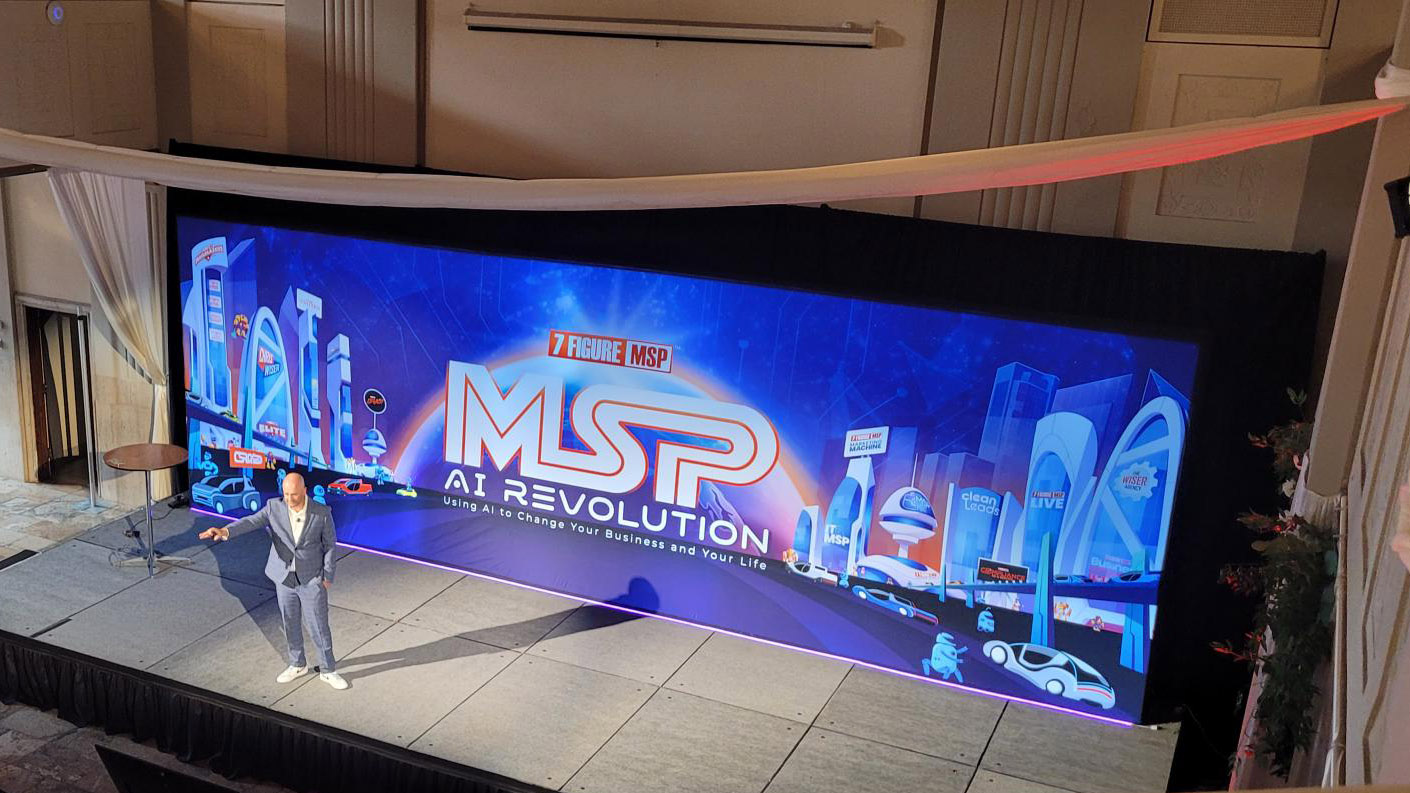After a strong 2018, the U.S. B2B indirect software market is continuing to see gains in 2019 with 6 percent growth year to date (Jan.-May) vs. the same timeframe year ago, according to NPD’s U.S. B2B Software and Cloud Tracking Service. While the majority of software categories experienced growth during this timeframe, the categories with the largest gains included: cloud infrastructure & platform as a service, business applications, and security.
Since 2016, U.S. B2B software sales have seen steady growth of security software, as businesses large and small recognize the importance of protecting their information. In fact, security software has grown at a 13 percent compound annual growth rate (CAGR) from 2016 to 2018, while non-security software grew at a 9 percent CAGR over the same time period. At the end of 2018, security software made up 22 percent of B2B software sales.
Within the information security software market, the security information & event management (SIEM) (+26 percent) and identity & access management (+18 percent) segments showed tremendous growth year to date, each outpacing the total B2B software market. Growth in SIEM is being driven by risk management personnel that are seeking solutions within this segment to help with regulatory compliance in industries such as financial services and healthcare. In the identity & access management segment, sales are on the rise as businesses continue their adoption of cloud-based applications, in part as a solution to manage multiple user identities across platforms.
“There are a number of factors driving information security software sales such as firms needing more sophisticated protection as they operationalize big data strategies, the growth of cloud computing, which drives the need for identity access management, and more predictive analytics, which drives the need for SIEM solutions,” said Michael Diamond, Director, Industry Analysis, B2B Technology for The NPD Group. “Software sales will continue to be propelled by increasing cybersecurity threats for both businesses and consumers, data center automation, and the growth of hardware-based products, such as next-generation firewalls.”†













